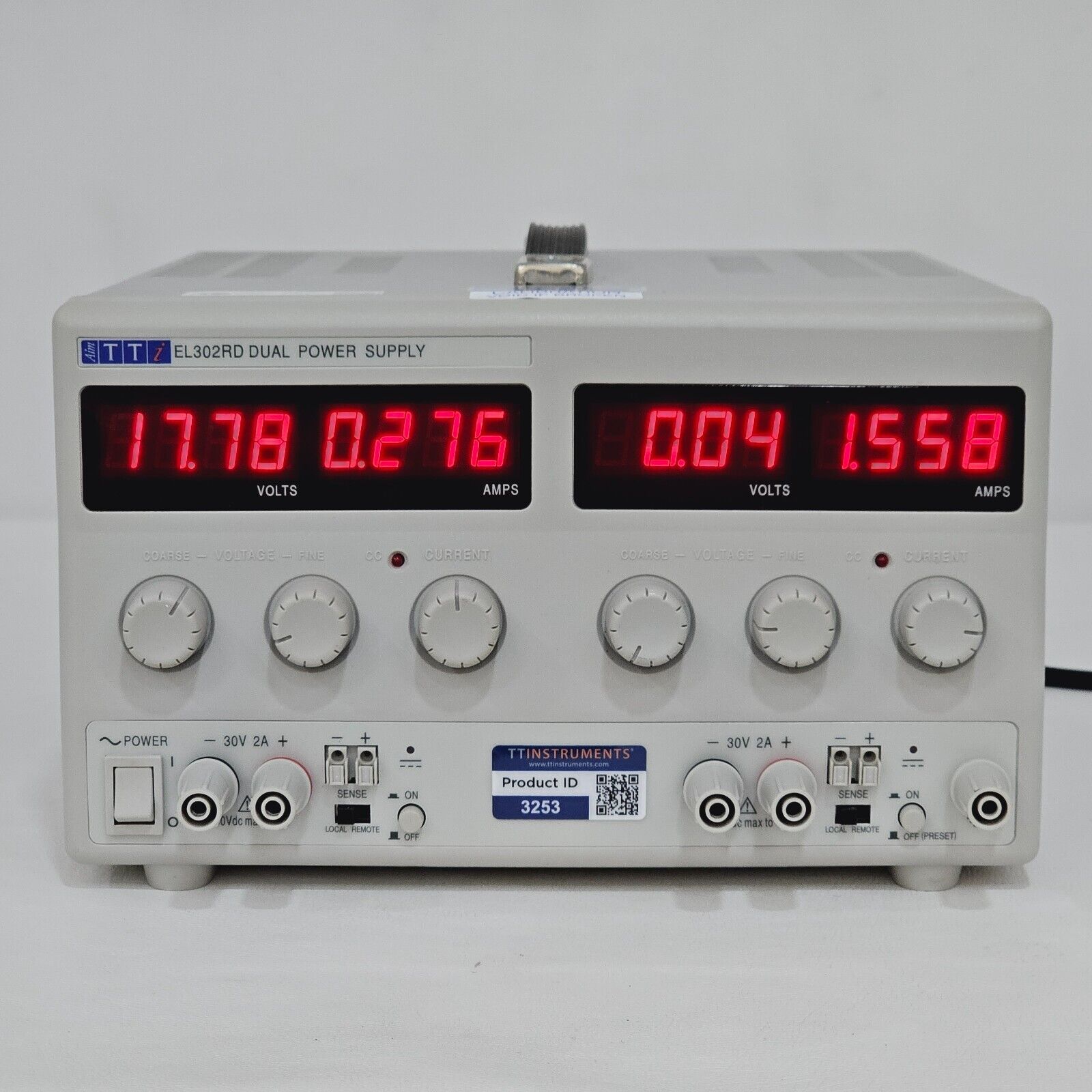
Fusion Splicers Demystified: Choosing the Right Model for Your Fiber Projects
In the world of fiber optic installation and repair, the fusion splicer is a core tool. Whether you're deploying new networks, performing maintenance, or scaling up existing infrastructure, the quality and capability of your splicer can make a measurable difference in performance, reliability, and efficiency.
This blog breaks down what fusion splicers do, how to choose the right one, and what to consider before making a purchase—especially if you're looking at options currently in stock at TT Instruments.
What Is a Fusion Splicer?
A fusion splicer is a device that joins two optical fibers end-to-end by melting them together using an electric arc. The goal is to create a splice with minimal optical loss and reflection, ensuring seamless light transmission through the joint.
Splicers are commonly used in:
-
FTTH (Fiber to the Home) rollouts
-
Long-haul and metro networks
-
Data centers
-
Industrial and defense applications
Core vs. Cladding Alignment: What’s the Difference?
There are two main types of fusion splicers based on their alignment methods:
Core Alignment Splicers
These offer the highest precision by aligning the fiber cores using sophisticated image processing and motors. They're ideal for high-bandwidth or long-distance applications where signal integrity is critical.
Cladding Alignment Splicers
These align the outer layer (cladding) of the fibers. They’re generally faster and more affordable, and well-suited for access networks or routine installations where ultra-low loss isn’t required.
At TT Instruments, we stock both types to meet different budget and technical needs.
Choosing the Right Splicer for Your Application
When selecting a fusion splicer, consider the following:
-
Type of Network: Are you working in a metro core, FTTx distribution, or in-building setup?
-
Splice Volume: High-volume splicing demands faster operation and better battery life.
-
Durability: For field use, ruggedized splicers that resist dust and drops are ideal.
-
Interface & Usability: Touchscreen navigation, automated programs, and easy fiber loading reduce learning curves and error rates.
-
Arc Calibration & Heat Management: Look for smart arc calibration to maintain consistency in varying environments.
Our Featured Fusion Splicers
At TT Instruments, we stock a range of Fusion Splicers suitable for both new and seasoned installers. Our inventory includes:
-
Compact, portable units for field use
-
Core-alignment splicers with automated fiber detection
-
Kits that include cleavers, strippers, and thermal ovens
-
Budget-friendly, pre-owned models with full calibration
Every splicer we carry is tested for quality and includes the accessories and documentation you need to get started right away.
Tips for Maintaining Your Splicer
-
Keep electrodes clean and replace them after the recommended number of splices.
-
Use dust caps when transporting to avoid contamination.
-
Regularly calibrate arc settings to match your work environment.
-
Store in a case when not in use—especially in field conditions.
Routine maintenance ensures longer service life and consistently low splice loss.
Ready to Upgrade or Equip Your Team?
Whether you're setting up a new fiber team or upgrading outdated equipment, TT Instruments has reliable fusion splicer options in stock and ready to ship. We also offer expert guidance to help you match the right model to your specific application and budget.
Visit our Fusion Splicers section to browse current listings or contact us for personalized advice.
FAQs
1. What is the difference between core alignment and cladding alignment splicers?
Core alignment splicers align the fiber cores using advanced optics and motors, offering higher precision and lower splice loss. Cladding alignment splicers align the outer fiber layer, making them more affordable and quicker for standard jobs.
2. How do I know which fusion splicer to buy?
Consider your application (FTTx, backbone, or in-building), the required splice quality, frequency of use, and whether you need portability. TT Instruments can help you choose the best fit.
3. Do your splicers come with accessories like cleavers or cases?
Yes. Many of our fusion splicers come as part of complete kits including cleavers, strippers, fiber holders, and protective carrying cases.
4. Can I buy used or refurbished splicers from TT Instruments?
Absolutely. We offer carefully inspected and calibrated used splicers with great value and performance—ideal for budget-conscious buyers.
5. How often should I maintain or calibrate my splicer?
Clean electrodes regularly and replace them after a few thousand splices. Calibration should be done periodically or when you notice inconsistent results.


